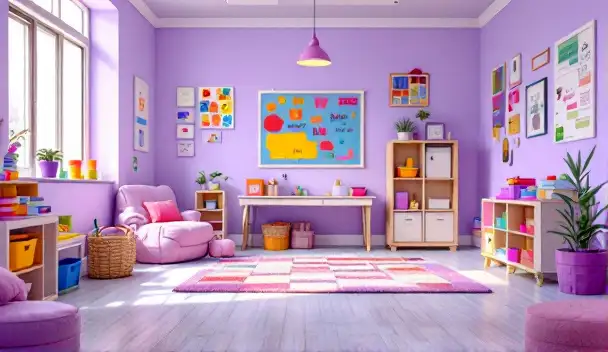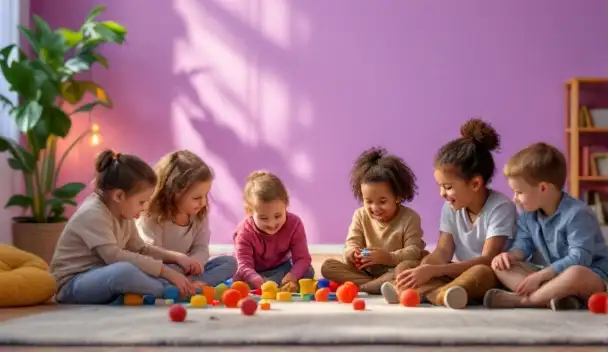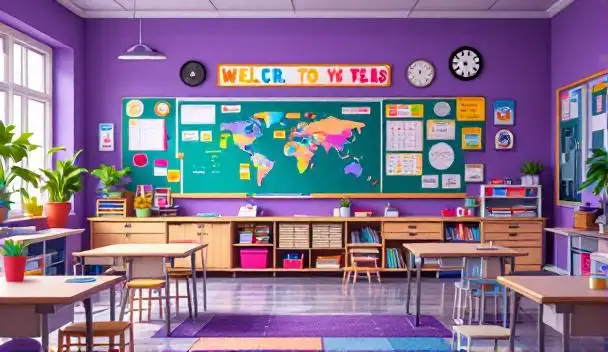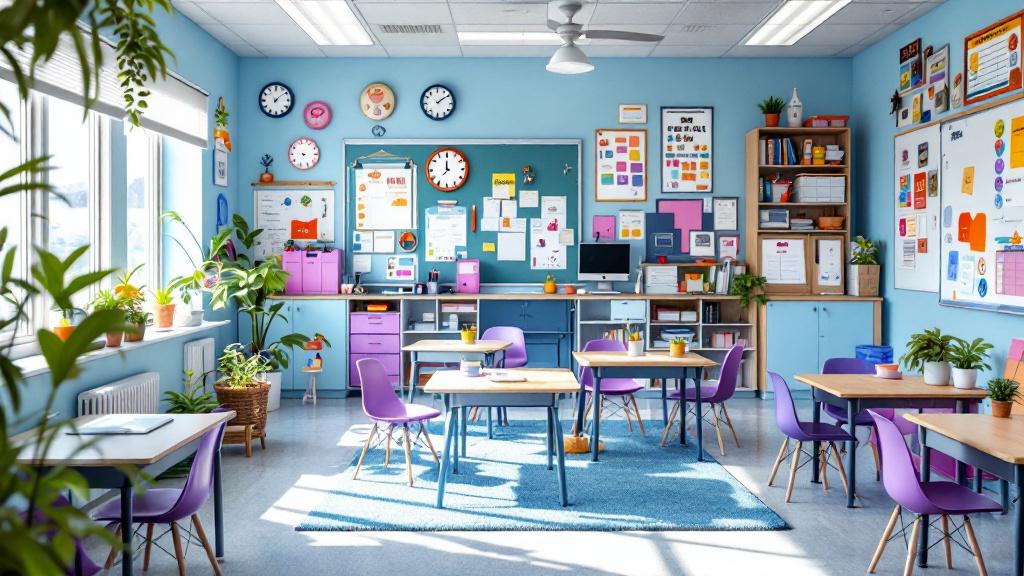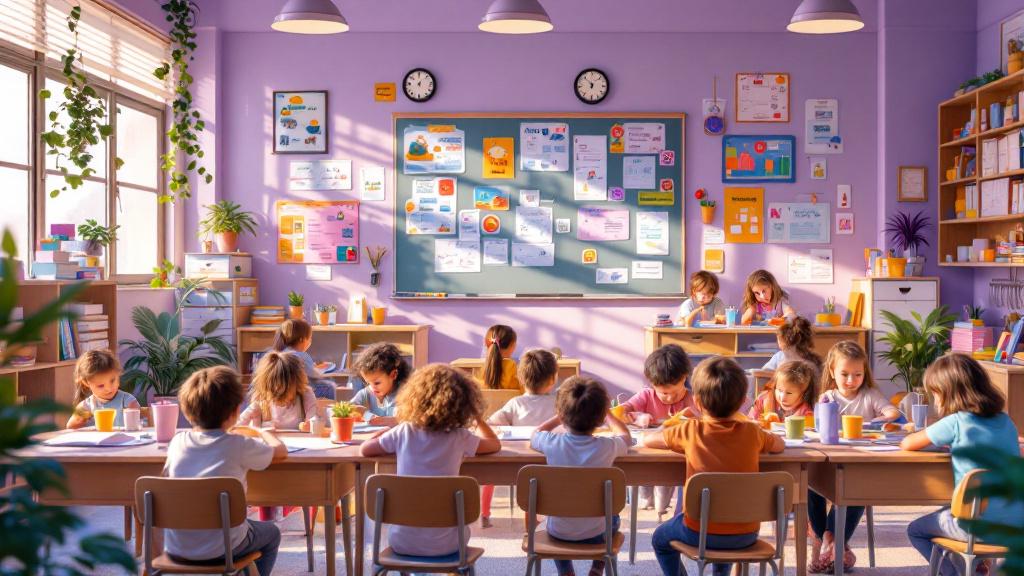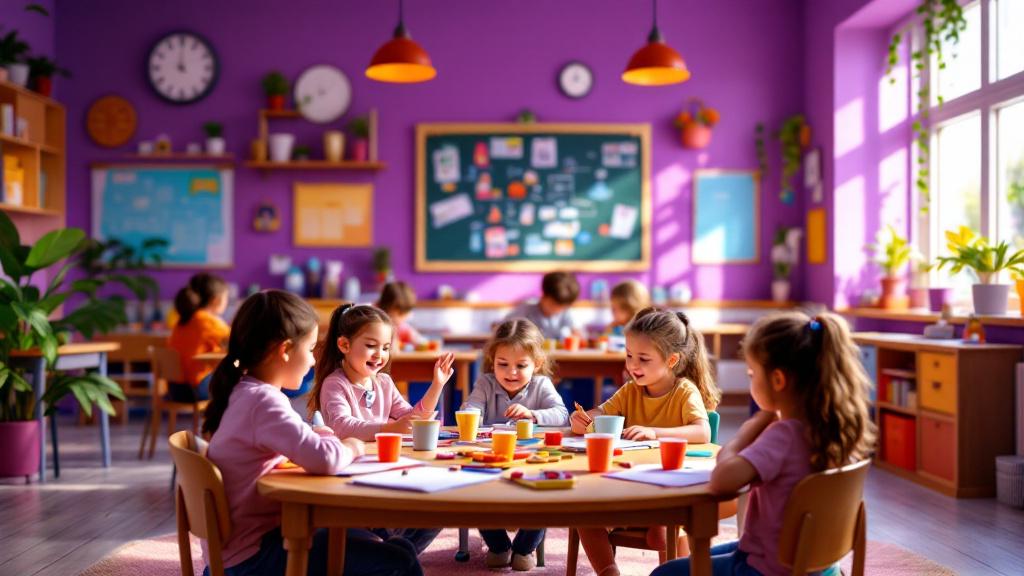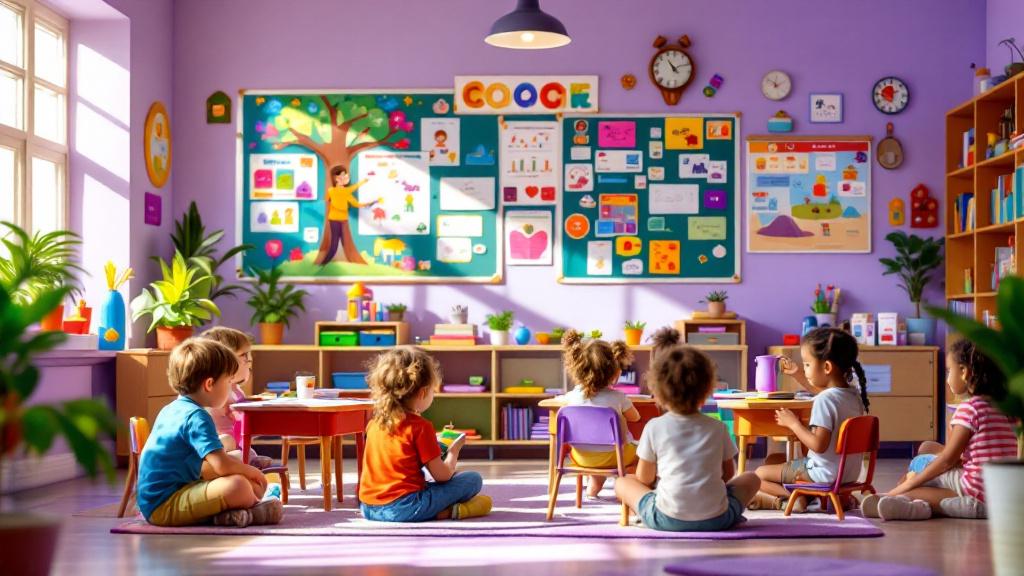Understanding the Foundation of ABA and Peer Interaction
Applied Behavior Analysis (ABA) is a scientifically validated approach used to improve social, communication, and behavioral skills in children with autism. At its core, ABA involves understanding how behaviors are influenced by environmental factors and applying reward-based techniques to promote positive behaviors. This method is highly adaptable, tailored through detailed assessments by trained behavior analysts (BCBAs), and can be delivered across various settings, including homes, schools, and community environments. By emphasizing naturalistic learning opportunities and positive reinforcement, ABA creates engaging, supportive contexts for developing essential social skills. Promoting peer interaction within this framework is critical, as it facilitates skill generalization and real-world application, ultimately fostering meaningful social relationships.
Effective Strategies for Promoting Peer Interaction
What are effective strategies for promoting peer interaction through ABA-based play activities?
Promoting peer interaction in children with autism through ABA-based play activities involves several intentional and structured techniques. First, the activities are carefully designed to encourage shared attention, where children focus on the same object or activity, and to foster turn-taking and collaboration. These foundational social skills serve as building blocks for more complex interactions.
Visual supports are frequently used to make social expectations clear and manageable. Checklists, social stories, and scripting provide children with visual cues and step-by-step guides, helping them understand what to do during play. These tools are especially helpful for children who benefit from explicit instructions and visual learning.
Another effective approach is peer-mediated intervention. This involves training typically developing peers to model appropriate social behaviors and to support their peers with autism in initiating and maintaining interactions. Peer modeling naturally encourages engagement and helps children learn social norms through imitation.
Reinforcement strategies are essential in motivating children to participate actively. Positive praise, rewards, and offering choices or preferences make engagement more appealing. Reinforcing desirable behaviors increases the likelihood of their repetition and promotes independence during play.
Incorporating video modeling and role-playing activities provides children with concrete examples of positive social interactions. Watching videos of peers engaging in play can help children understand expected behaviors, while role-playing gives them practice in a safe, controlled setting.
Creating inclusive, autism-friendly environments is crucial. This means designing play spaces that are sensory-friendly and accommodating to various needs, which helps children feel comfortable and confident. Additionally, collaboration among therapists, educators, and parents ensures consistency in strategies and promotes the generalization of skills outside of structured therapy sessions.
Strategies Summary in a Table
| Strategy | Description | Outcome |
|---|---|---|
| Structuring activities | Designing play activities that promote shared focus and turn-taking. | Improves cooperation and social awareness. |
| Visual supports | Using checklists, stories, and scripts to guide interactions. | Clarifies expectations and enhances understanding. |
| Peer-mediated interventions | Training peers to model and support social behaviors. | Naturally increases engagement and social skills. |
| Reinforcement techniques | Using praise, rewards, and choices to motivate participation. | Boosts motivation and independence. |
| Video modeling and role-playing | Demonstrating desired behaviors through videos or practicing scenarios through role-play. | Facilitates learning and generalization of skills. |
| Inclusive environments | Creating sensory-friendly, supportive spaces for play. | Encourages confidence and reduces anxiety. |
How These Strategies Support Broader Goals
All these strategies are rooted in evidence-based practices such as Naturalistic Developmental Behavioral Interventions (NDBI), which combine ABA techniques with developmental principles. They aim not only to improve specific social skills but also to foster more meaningful and spontaneous peer interactions. When implemented consistently, these activities help children with autism develop vital communication, cooperation, and social motivation, ultimately aiding their social integration.
Collaborating for Successful Peer Play
Effective peer interaction promotion requires coordinated efforts among therapists, educators, parents, and peers themselves. Sharing progress, strategies, and feedback helps create a supportive network that sustains social development across various settings. This collaboration ensures that social skill gains are not limited to therapy sessions but are generalized to real-world and community environments, promoting a more inclusive and engaging experience for children on the autism spectrum.
Techniques Used in ABA to Enhance Social and Peer Skills
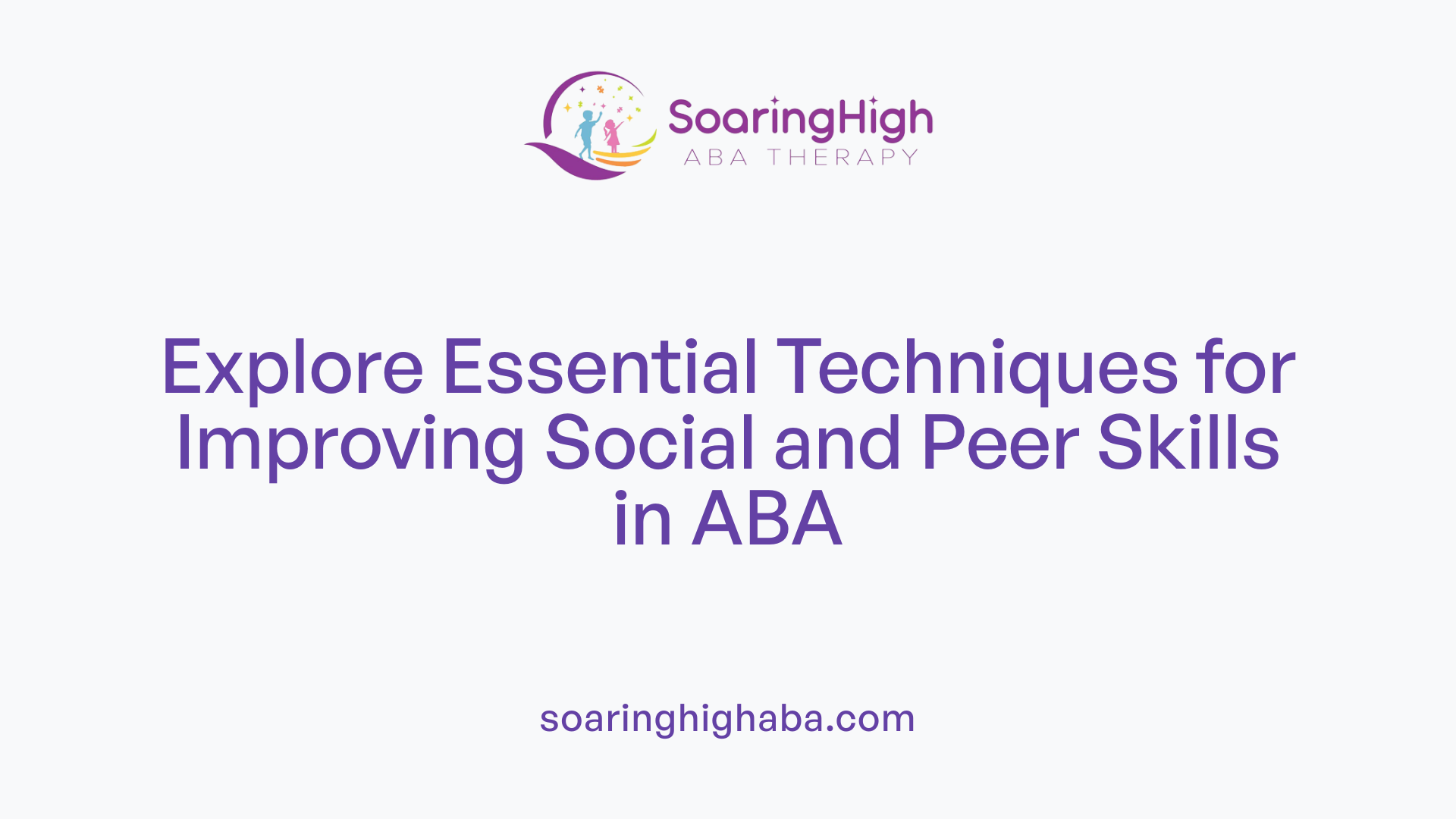
What techniques are used in ABA therapy to improve social skills and peer engagement?
Applied Behavior Analysis (ABA) employs a diverse set of strategies aimed at fostering social abilities and encouraging positive peer interactions. These techniques are carefully tailored to meet each individual's needs, ensuring that every child can develop crucial social skills.
One foundational approach in ABA is breaking down complex social behaviors into small, manageable steps. For example, learning how to greet a peer might be divided into recognizing the greeting, making eye contact, and responding verbally or non-verbally. This step-by-step process helps children grasp social interactions gradually and confidently.
Visual supports play a significant role in teaching social skills. Checklists, flowcharts, and social stories provide clear, visual cues that guide children through social routines, such as asking for a turn or expressing emotions. These tools make abstract social concepts more concrete and accessible.
ABA interventions also heavily rely on structured techniques like modeling, prompting, and reinforcement. For instance, a therapist might demonstrate a turn-taking game, prompt the child to imitate the action, and then reward successful participation with praise or a tangible reward. These methods increase the likelihood of positive social behaviors being repeated.
Behavioral Skills Training (BST) is another effective technique involving four key components: instruction, modeling, rehearsal, and feedback. Children are taught specific social skills through direct instruction, shown how to perform them via modeling, given opportunities to practice, and then receive constructive feedback to improve.
Real-world practice is crucial for generalizing skills beyond therapy sessions. ABA includes activities such as peer-mediated interventions, wherein typically developing peers are supported to interact and model appropriate behaviors. Social stories and comic strip conversations help children understand social cues and appropriate responses.
Video modeling further enhances learning by showing children videos of peers or adults demonstrating desired behaviors in social situations. Watching these videos can boost understanding and motivation.
All these strategies are personalized through detailed assessments and goal-setting by trained behavior analysts (BCBAs). Interventions are designed to target specific deficits, such as initiating conversations, understanding emotions, or sharing.
Collectively, these ABA techniques build a comprehensive framework for developing social competence in children with autism. They promote better communication, understanding of social cues, and successful peer interactions, which are essential for inclusive social engagement.
Below is a summary table outlining the main techniques used:
| Technique | Description | Typical Application | Goal |
|---|---|---|---|
| Behavioral breakdown | Dividing complex behaviors into steps | Greet, share, initiate play | Improve specific social skills |
| Visual supports | Checklists, flowcharts, stories | Routine social interactions | Enhance understanding |
| Modeling, prompting, reinforcement | Demonstrating and rewarding behaviors | Turn-taking games, sharing activities | Encourage practice and repetition |
| Behavioral Skills Training (BST) | Instruction, modeling, rehearsal, feedback | Teaching greetings, Asking for help | Explicit skill acquisition |
| Peer-mediated sessions | Using peers to model and practice | Group play, cooperative tasks | Promote natural interaction |
| Social stories and video modeling | Visual narratives and videos | Understanding emotions, social rules | Build social awareness |
Implementing these techniques with individual goals and ongoing assessments helps children with autism develop meaningful social skills, leading to improved peer relationships and greater inclusion in various settings.
Benefits of Integrating Peer Play Activities
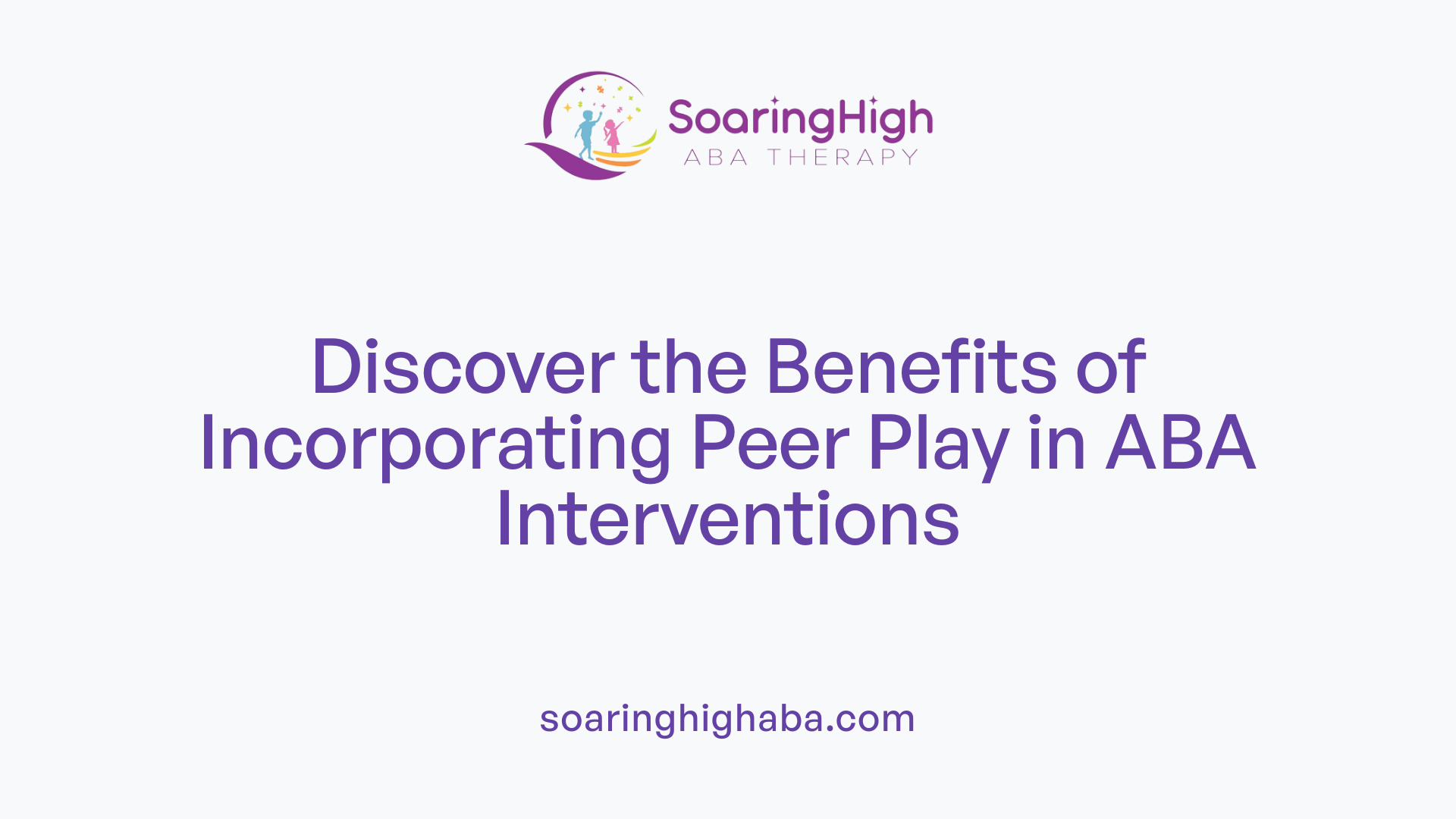
What are the benefits of incorporating peer play activities into ABA-based interventions?
Integrating peer play activities into ABA interventions offers several significant advantages that support the development of social skills among children with autism. Peer play encourages essential skills such as sharing, turn-taking, and initiating conversations. These behaviors are fundamental for meaningful social interactions and are often targeted through specific ABA techniques, which break down complex skills into manageable steps and reinforce positive behaviors.
Through structured and engaging activities, children demonstrate increased motivation to participate. Leveraging individual interests and providing a predictable, supportive environment fosters confidence and comfort during interactions, making social opportunities more appealing.
In addition to fostering social behaviors, peer play activities promote communication development. Children enhance both verbal skills, such as speaking and requesting, and non-verbal cues, including gestures and facial expressions, which are crucial for effective social exchanges.
One of the strengths of incorporating peer play is skill generalization. Children learn to apply social behaviors across various settings — in the therapy room, at school, or during community outings — and in spontaneous, everyday situations.
Furthermore, engaging with peers helps cultivate empathy, emotional regulation, and broader social understanding. These interactions teach children to recognize others' feelings, manage their own emotions, and respond appropriately within social contexts.
Overall, embedding peer play into ABA programs supports comprehensive development—cognitive, emotional, and physical—by providing natural, real-world experiences. Collaborative, inclusive play not only promotes acquisition of vital social skills but also fosters lifelong social competence and supports building authentic friendships, laying a foundation for positive social participation throughout life.
Designing Play Activities to Support Social Development
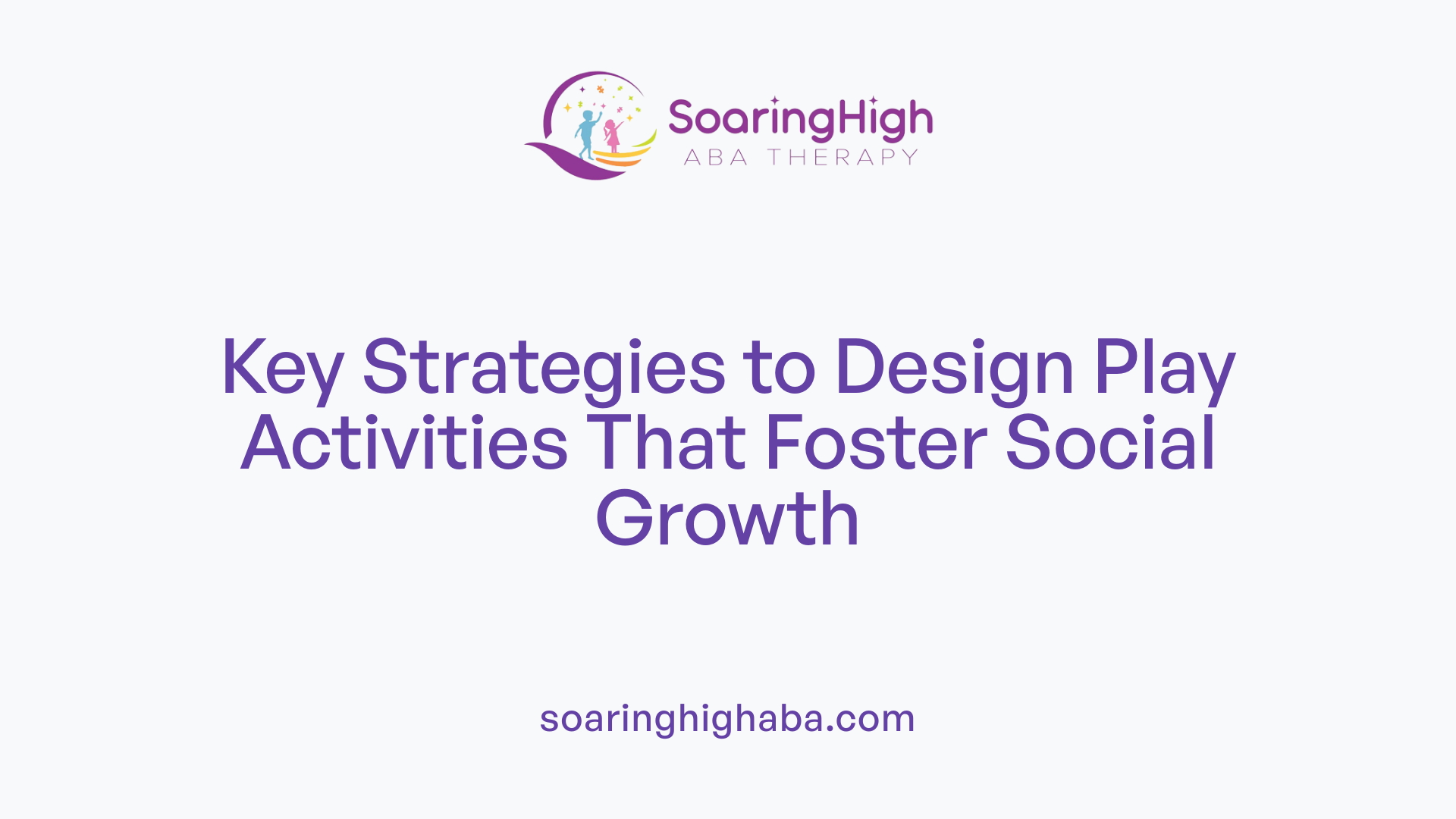
How can play activities be designed to support social development in children with autism?
Creating play activities that effectively promote social skills in children with autism involves using structured and intentional strategies. These strategies are designed to help children develop essential social behaviors such as sharing, turn-taking, joint attention, imitation, and cooperation.
One of the core techniques is incorporating visual supports, including picture schedules, social stories, and visual cues. These tools help children understand what to expect during play and how to behave, reducing anxiety and confusion. Modeling desired behaviors and providing consistent positive reinforcement, like praise or tangible rewards, encourages children to repeat and practice these social actions.
Small group activities and peer pairing are powerful methods for fostering social engagement. These setups allow children to practice social skills in a supportive environment, especially when paired with peers who demonstrate social competence. Activities such as board games, pretend play, and cooperative group projects can be tailored to match each child's interests and developmental level.
Integrating sensory activities and calming strategies within play can help children regulate their emotions and stay engaged. For example, incorporating calming sensory inputs or allowing breaks during play can make interactions more accessible.
Most importantly, tailoring play experiences based on each child's individual preferences and abilities ensures higher engagement and motivation. Using their interests as a foundation, activities can be made fun and relevant, which naturally encourages social participation.
Comprehensive approaches also include naturalistic teaching methods, role-playing, social stories, and peer-mediated interventions. These approaches help children generalize social skills learned during structured activities to real-world settings, promoting spontaneous social interactions.
In conclusion, designing play activities that combine structure, visual supports, peer interaction, sensory considerations, and personalization offers an effective pathway to support social development for children with autism. Such carefully planned activities can foster meaningful social connections, enhance communication skills, and boost confidence in social settings.
Best Practices in Designing and Implementing Play for Peer Engagement
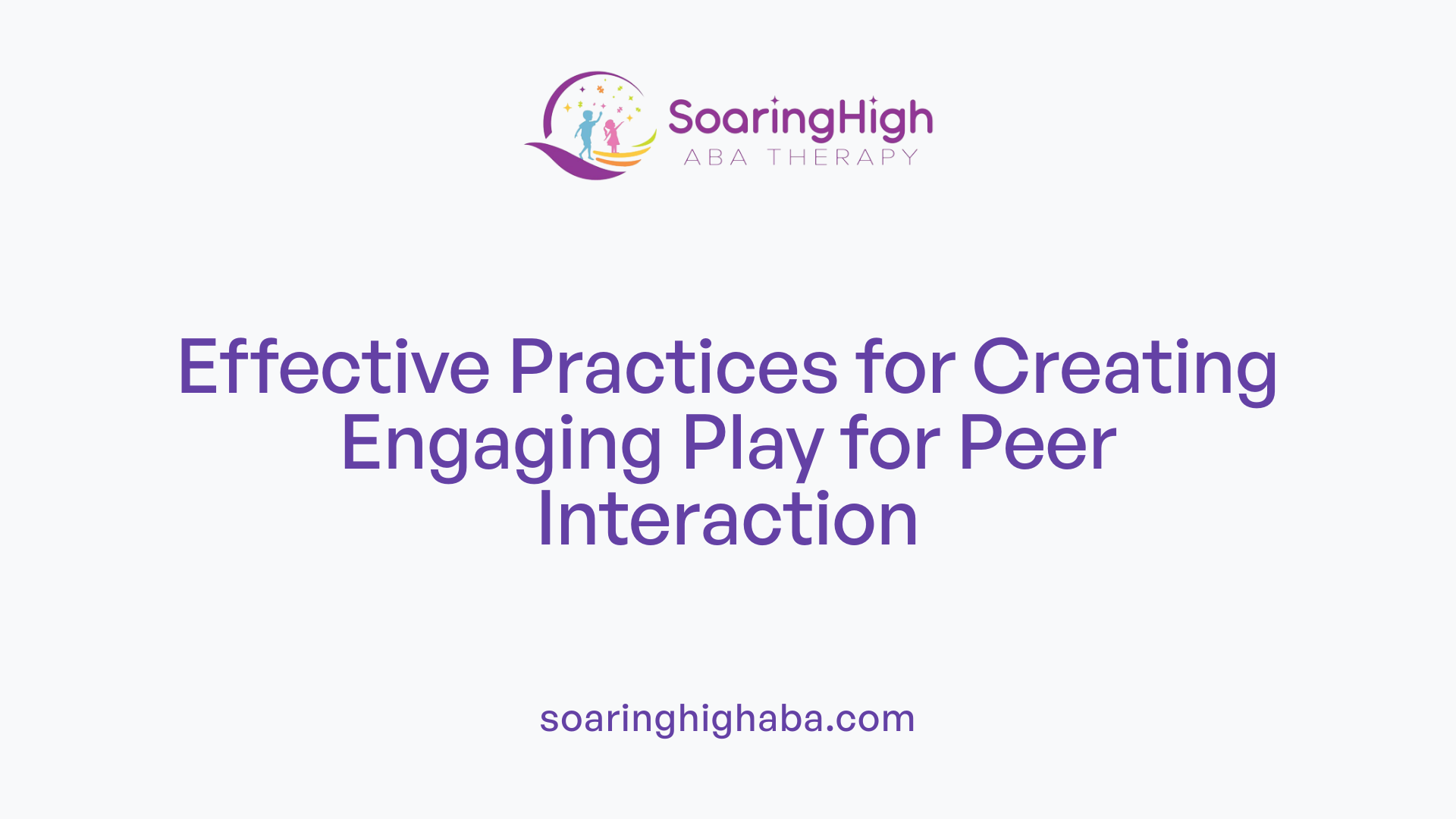
What are best practices for designing and implementing play activities that foster peer interaction?
Creating effective play experiences for children, especially those on the autism spectrum, involves a thoughtful approach rooted in developmental guidance and evidence-based strategies. One of the foundational steps is selecting activities that are developmentally appropriate and engaging. These activities should promote social goals such as sharing, turn-taking, cooperation, and communication.
Establishing a positive classroom environment is crucial. This involves defining clear, inviting play areas, incorporating open-ended investigations, and providing opportunities for joint play. Such environments naturally encourage children to gather, interact, and form relationships. When the physical setup supports social interaction, children feel more comfortable to initiate and sustain play.
Facilitating peer interactions with adult strategies is another essential practice. Trained teachers or therapists can model respectful behaviors, give children important roles during activities, and redirect conversations to involve peers rather than just adults. These strategies help children learn how to engage socially in a natural, supportive manner.
Incorporating guided play and joyful social learning enhances peer collaboration. This approach emphasizes fun, active participation, and social involvement, which can boost language development and social skills.
Fostering a classroom culture that encourages risk-taking, imagination, and emotional regulation helps children participate actively. Such an environment supports children in trying new social behaviors, managing their emotions during interactions, and engaging in creative play.
Additional activities like board games, pretend play, outdoor games, art projects, and building with blocks can significantly promote cooperation, communication, and social skills. These structured and unstructured activities provide diverse opportunities for children to observe, imitate, and practice appropriate social behaviors.
Overall, the integration of these practices—guided by ABA principles like positive reinforcement and natural learning opportunities—supports meaningful peer engagement and the development of essential social abilities in young children.
Fostering Lasting Social Connections
Implementing ABA-based play activities with a focus on peer interaction offers a robust framework for developing essential social skills in children with autism. Through structured interventions, visual supports, peer-mediated strategies, and inclusive environments, children can experience meaningful, naturalistic social interactions that translate into lifelong social competence. Collaboration among therapists, educators, and families ensures consistency and reinforcement across settings, empowering children to build lasting social connections and enhance their quality of life.
References
- Applied Behavior Analysis (ABA)
- Promoting Peer Engagement for Young Children on the ...
- Encouraging play with peers in the early years
- Peer Play in Cleveland ABA Therapy
- Peer Play: Facilitating Positive Social Interactions for Autism
- How to Teach Social Skills Using ABA Principles
- Social Skills Training in Applied Behavior Analysis? ASD
- Developing Social Skills Through ABA Therapy for Autism








































